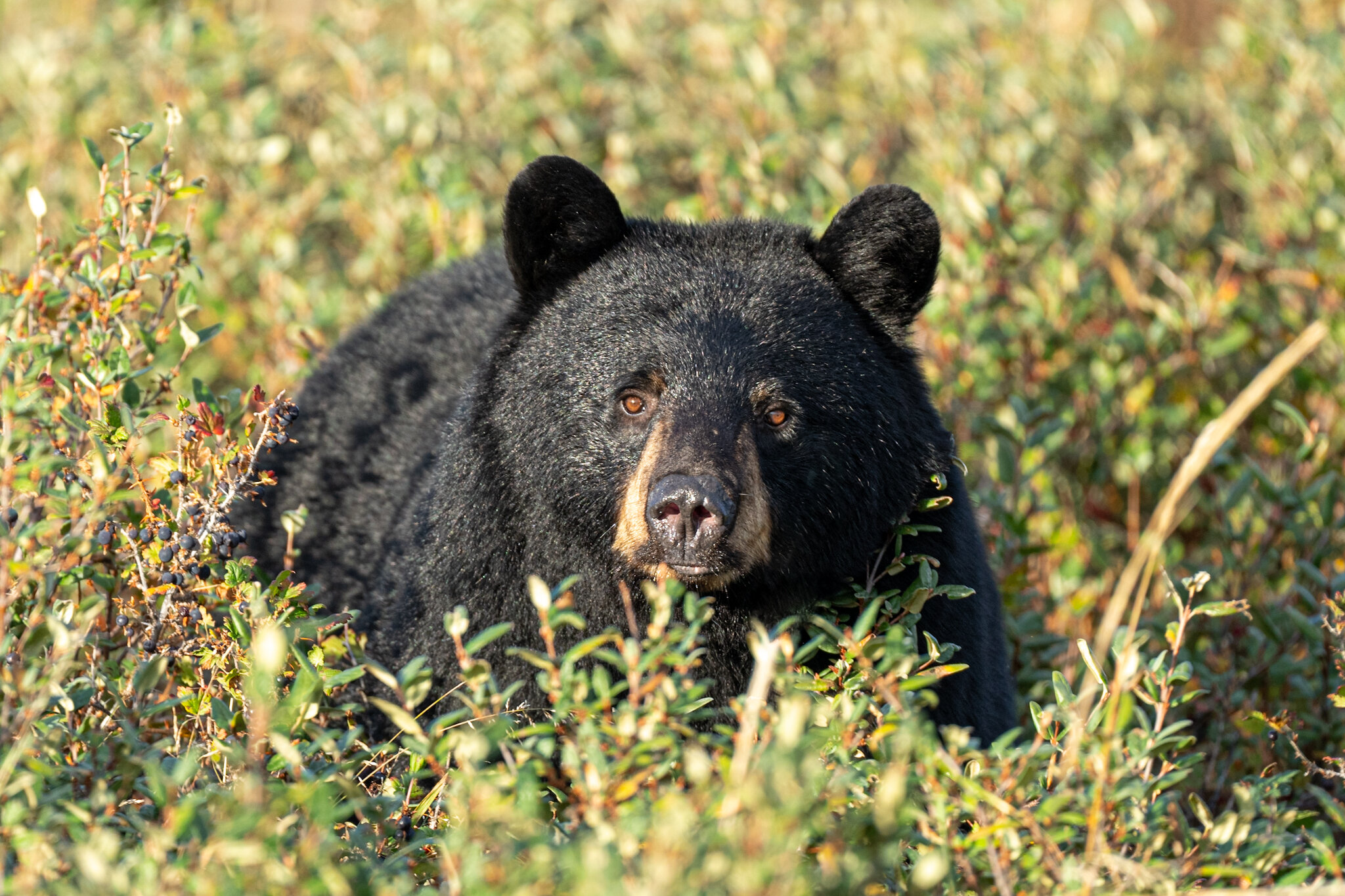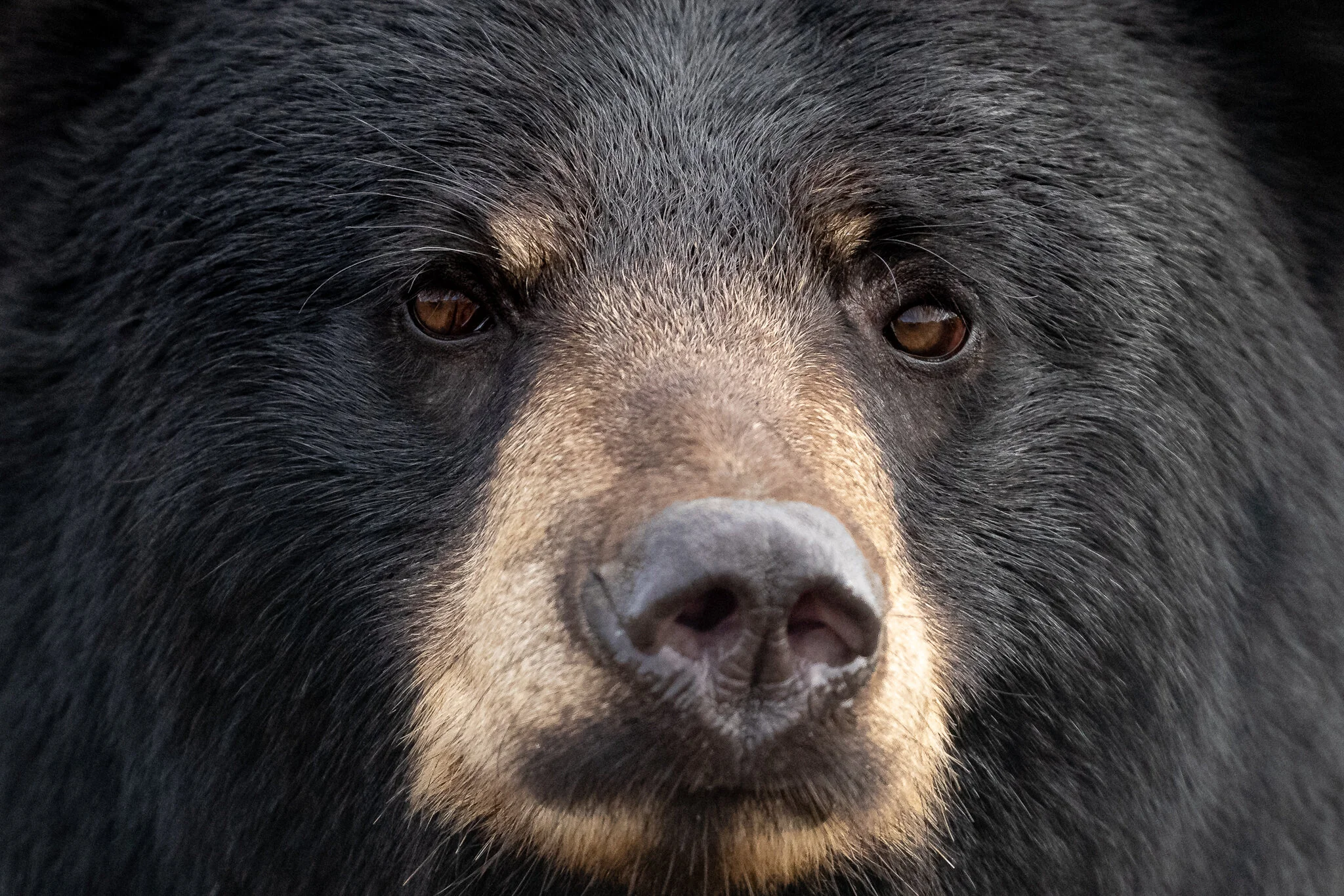Hudson Bay Odyssey 2021
Traveling to the Arctic has largely been impossible for the past 18 months due to the pandemic. While we fully agreed with these measures - nobody would want to carry any severe illness to the most remote communities of the far north - we nevertheless felt „fernweh“ for the Arctic. Therefore, when Canada reopened its borders to international travelers, we decided to travel to our favorite spot, the Hudson Bay Coast of Manitoba, in fall. We have never been there when it was not deep frozen. We soon realized, that this region is just as beautiful in fall than it is in winter.
Getting Ready
September is the time, when the temperatures up north are dropping quickly. After a mild, short summer, September often brings the first frost. Therefore, we were expecting temperatures between 0°C (32°F) and 20°C (68°F). The challenge when traveling to remote places is always, to pack as little as possible but still as much as needed. Which turned out to be more than you would expect for a two week trip. However, in hindsight, our decision was right. We did not only experience temperatures between 0°C and 20°C, but also below freezing and above 20°C!
Getting ready also meant to comply with Canadian COVID rules. To be allowed to enter Canada (and travel to northern communities), you have to be vaccinated and tested prior to boarding your flight to Canada. While this might sound overly cautious, it felt just right to us. Sitting in a plane with 200 fellow passengers feels much better, when you know everyone should be safe. Anyway, the process of applying for entry and entering Canada was quite straightforward. Once we uploaded the required documents, we already got our pre-clearance notice.
Welcome Back
Don‘t worry, this entire post will not just be about COVID and traveling during COVID. But since the pandemic has been part of all our everyday life for more than 18 months (and will probably continue to be for quite some time), we still feel it‘s important to also cover this aspect. This was our first flight for almost two years. And we seemed to share this experience with many of our fellow passengers. Air Canada even provided us with special „Welcome Back“ cookies and a short note on how glad they were to be able to welcoming guests again on board. We thought this was very nice and really felt special, being able to travel again.
The airports were already surprisingly busy. And while not every service might have been available yet, our travel experience didn’t differ too much from our pre-COVID trips. Sure, we paid more attention to keeping the distance and obviously had to wear a mask for our entire trip (airports, flights, transfers). But besides these measures, air travel felt very much like always.
To get from Switzerland to Nanuk Polar Bear Lodge, we had to take four flights. While the first three were commercial flights, the last leg was on a Cessna Caravan, a small propeller plane, that took us from the remote town of Thompson to the even more remote landing strip just in front of the lodge.
Kaska Coast
Nanuk Polar Bear Lodge is right on the coast of Hudson Bay between York Factory and Cape Tatnam. This area is locally known as Kaska Coast. In an area twice the size of Switzerland, there are no other human settlements. Due to this remoteness, wildlife is abundant in the area. These animals have never had any hunting pressure or have otherwise been bothered by humans. Therefore, they are neither aggressive nor afraid, but just curious. Sure, you have to know what you‘re doing in an area, where all three North American bears (polar bears, black bears and grizzlies) share their territory with moose and packs of wolves. But under the guidance of the incredible staff of lodge and tour operator Churchill Wild, there has never been an incident in over 25 years of operation.
We arrived at Kaska Coast after our 90 minute flight from Thompson. For the most part, we have been flying over boreal forest, giving us a first impression of the size of this wilderness. While the lodge has eight rooms and could therefore accommodate 16 persons, we were only six guests during the first few days. COVID obviously was still challenging the tourism industry. Anyway, we enjoyed being such a small group, which grew bigger, when additional guests arrived after four days.
After arrival, we got outfitted with our rental rain gear, that would protect us as much from the rain as from the mud. Then, it was already time for our first short trip with the „rhinos“. These all-wheel drive vehicles look like directly from the movie set of Jurassic Park. But despite their strange appearance, they are ideally suited for navigating the muddy costal flats and for crossing the shallow rivers and creeks. Churchill Wild will only drive these vehicles in areas regularly covered by the high tide to minimize the impact on the local flora. Riding the „rhinos“ is bumpy and windy, but a lot of fun. During the next few days, we would use any combination of walking directly from the lodge, driving with the „rhinos“ to a starting point for a walk, or just going to places with the „rhinos“.
Already on our very first evening, the northern lights made a wonderful appearance. What an incredible start to our stay in the middle of nowhere! The following evenings were either overcast and/or the aurora borealis didn‘t appear. Only on our last evening, there was probably one of the most extraordinary displays of northern lights we have ever seen. The full moon was rising just around sunset. With the sky still orange, the first traces of green started to appear. Despite the still light sky and the full moon, the northern lights were well visible. And they were getting brighter by the minute!
Since the weather has been unusually warm recently, the leaves on the Arctic willows and birch trees (or rather bushes) just started turning colors. While they only had a slight trace of yellow on our first day, a week later, everything was a vibrant yellow, orange and red. This rapid progress was spectacular to watch.
Wildlife viewing was just great! We have seen polar bears, black bears, wolves and even a moose. And thousands of Canada geese and snow geese preparing for their migration south. The coast is extremely flat around the lodge. Therefore, the difference between low tide and high tide might very well be several kilometers (obviously in distance not in height). As polar bears like to stay close to the water, their main source of food, we could well see the bears out on the mud flats. Since we could see them and they could see us, we knew they were aware of our presence. Therefore, we were able to approach them slowly. Polar bears will generally not attack a larger group of people. If anything, they would run from this huge silhouette. But with the knowledge of our guides we managed to get as close as 100 meters (300 feet) to these impressive animals. The polar bears of Hudson Bay are usually staying on the sea ice until June or even July. When the ice melts in summer, they swim ashore and spend four to five months on shore before the bay freezes again in early November. Polar bears can eat plants and berries, but seals (and especially seal pups) are their favorite food. Therefore, their digestive systems is mostly inactive during the summer months. So even though they might be craving for their next proper meal, they are quite peaceful during the warmer months. Our favorite encounter was with a female polar bear that was more brown than white from the mud, but was playing endlessly with some seaweed and rolling on her back. We were fascinated, how playful these predators can be.
Black bears go into hibernation in late September. Since this is no true hibernation, but rather a kind of deep sleep, they will still be burning calories during winter. We spotted seven black bears just in front of the lodge. All were sucking in berries like vacuum cleaners. They obviously felt, that putting on as much weight as possible was key to survive winter without harm. One black bear, which we nicknamed Chunky, was twice as wide as his colleagues. He could barely walk due to his enormous belly. We joked, that he would probably able to sleep for two winters without the need for food… During our stay, the black bears were getting fewer by the day. We assumed, that many were already heading off to their winter quarters.
We knew from our Den Emergence Quest two years ago, that there were wolves roaming the area. But since wolves can cover dozens of kilometers/miles a day, their territories can be huge. There is therefore no guarantee to see these wild animals. It was not until our fifth or sixth day, that one wolf appeared in front of the lodge to check out the situation. The following morning, the entire pack of seven wolves paid us a visit. From then on, we could observe them every day and they seemed to get more and more comfortable with our presence. Wolves are extremely fascinating animals. They have a complex social structuring within their pack. And they are just beautiful to watch, especially during the warm light of the golden hour.
If there would be a soundtrack of this trip, it would for sure be the endless chatter of the geese. They were starting to congregate into large flocks. Interestingly, white snow geese and darker Canada geese were often found in the same flock. They would travel together for some time and eventually they would be heading in different directions. It was fun to watch thousands of birds starting their migration south just during our stay there.
As usually, time went by much too quickly. We spent more than a week in one of the most remote areas imaginable, completely off the grid, also meaning off-COVID, which was a true luxury. As always, the lodge and staff and food were extraordinary. Experiencing the Kaska Coast in fall was beautiful. Although, the landscape looked somewhat familiar from our winter trip before, the differences were more obvious than the similarities. It would be hard to tell, if we like this region better in winter or in fall. The experience is different, but just as beautiful.
Back to Civilization
We flew from the lodge to Churchill on a small propeller plane and then on with the local carrier CalmAir to Winnipeg. While Winnipeg is by no means a big city, it sure felt crowded after spending more than a week in a remote lodge. Our trip back home was smooth and easy. And while we were still sorting through thousands of photos from this wonderful trip, we are already feeling that initially mentioned „fernweh“ again…!





















